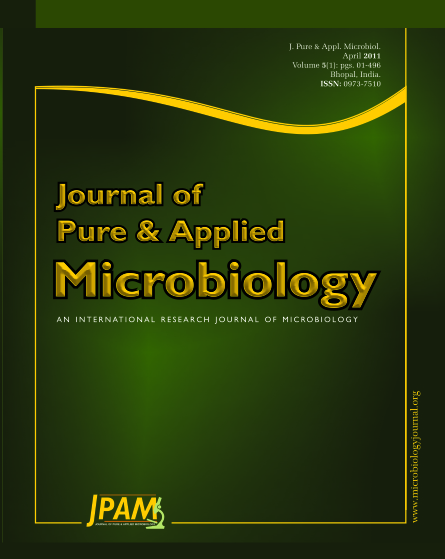Many angiosperm plants have been reported to have an antimicrobial compounds which capable of inhibiting the growth of many pathogenic microorganisms cause diseases on plant as well as animals including human. The effect of various plant parts like root, stem, leaves etc. have been reported earlier for their effect on inhibition of growth of various plant pathogens including bacteria and fungi. Hence, the present study is undertaken to screen few plant extracts from leaves against the phytopathogenic bacteria and fungi. Therefore the Plant extracts from Abutilon indicum, Aristilochia bracteata, Cleome viscose, Morinda tinctoria, Pongamia glabra, Solanum trilobatum and Thespesea populanea were obtained from leaves by simple solvent extraction method at ambient conditions. The crude extracts were screened for antifungal and antibacterial activity by bioassay method against Alternaria solani, Fusarium gramniearum, Helminthosporium solani, Psuedomonas flourescens, Xanthomonas campasteris and Erwinia caratovora. Subsequently the inhibitory effect of plant extracts at various concentration was determined by micro-dilution method. The solvents used in the present study were water, ethanol, Petroleum ether and Buttanol individually and in combination with water. Of the six plant species screened, 3 showed antimicrobial activity against one or more species of bacteria and fungi extracted from ethanol and butanol solvents. The most effective plants were Cleome viscosa and Pongamia glabra. The effect of biocompounds extracted from various solvent mixtures on different pathogenic microorganisms was discussed in the present study. The aim of this article is to explore the possibility of using antimicrobial compounds extracted from plants in control of plant diseases.
Plants extracts, Antimicrobial compounds, Fungi, Bacteria, Minimal inhibitory test, Bioassay
© The Author(s) 2011. Open Access. This article is distributed under the terms of the Creative Commons Attribution 4.0 International License which permits unrestricted use, sharing, distribution, and reproduction in any medium, provided you give appropriate credit to the original author(s) and the source, provide a link to the Creative Commons license, and indicate if changes were made.


